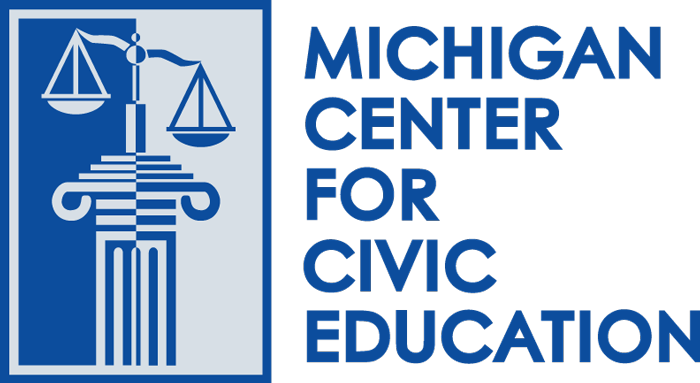Students learn what factors members of Congress consider when deciding whether to vote for a bill. These include the powers given to Congress by the Constitution, members’ personal opinions, political party support, and what voters think. During the first day of the lesson, students find out about each of these factors. During the second day, students get to try their hand at weighing the factors by considering hypothetical bills.
Civics Lessons
Voting in Congress
Constitution Day Lesson-1st Amendment
The goal of this activity is to introduce 7th grade students to the First Amendment of the U. S. Constitution.
The Preamble to the Constitution: How Do You Make a More Perfect Union?
These lessons help your students begin to understand why the Founders felt a need to establish a more perfect Union and how they proposed to accomplish such a weighty task.
Wanted: A Just Right Government
Students learn how the U.S. Constitution came to exist by looking at the tensions and differences of opinion that existed among early American states and citizens. Students learn about the Articles of Confederation, why the first “constitution” didn’t work, and how compromise led to the Constitution.
Constitution Day Lesson 14th Amendment
The goal of this activity is to introduce 8th grade students to the Fourteenth Amendment of the U. S. Constitution (equal protection under the law).
The President’s Roles and Responsibilities: Communicating with the President
Through several activities, students learn about the roles and responsibilities of the U.S. president and their own duties as citizens of a democracy
Why Do We Have a House and Senate, Anyway?
Students learn why there are two houses of Congress and discover how a bicameral legislature ensures that states have a voice in bills. Together, the class creates a school cell phone policy and experiments with different voting groups that demonstrate why the bicameral compromise was necessary. Students also examine how things might be different today if there were just a House or a Senate.
To Sign or Not to Sign: The Ultimate Constitution Day Lesson Plan
This lesson plan was developed to help schools meet the Constitution Day education requirement. Students examine the role of the people in shaping the U.S. Constitution and the ratification process. The lesson closes with an opportunity for students to sign the Constitution, if they choose, and to discuss what it means to sign or not sign.
Understanding Contracts
In this lesson, students are asked which of two chocolate bars – one with nuts, one without – they prefer. A single representative is taken from each preference group. These representatives are given the chocolate bar that they prefer less, motivating a contractual trade. One student unknowingly has an empty wrapper, eliciting debate after the trade is completed. The class concludes by discussing possible equitable solutions.
Participating in the Jury System
Students participate in activities and discussions about the relationship of a democratic society to its legal institutions, and the issues of fairness and equality under the law and legal system. They learn how constitutional amendments such as the Fourteenth Amendment influence lawsuits, and they will apply concepts within the Bill of Rights to jury trials. Students conduct research to compare the U.S. jury trial system to trial systems in other countries.

